Sustainable agriculture involves producing plant and animal products, including food, using farming methods that protect the environment, public health, communities, and animal welfare. Producing and eating healthy foods is possible with sustainable agriculture without endangering future generations. A sustainable agricultural system balances the need for food production with the preservation of environmental ecosystems.
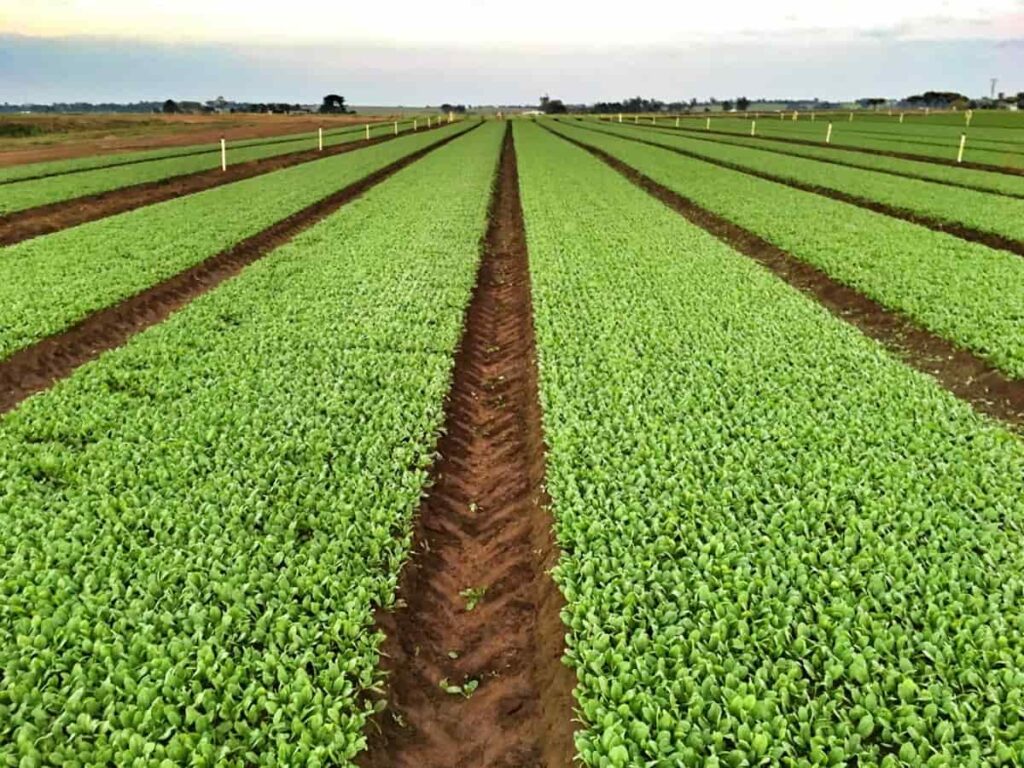
Sustainable Agriculture Practices
What is the Goal of Sustainable Agriculture?
Food and fiber security are the primary objectives of sustainable agriculture today and in the future. Among the other goals are the following:
- Ensure soil fertility and encourage biodiversity
- Preventing pollution and improving ecological conditions
- Using less non-renewable resources (for example, fossil fuels).
- Contributing to the economic development of rural areas
- The enhancement of the health, rights, and general quality of life of farmers
- Increasing people’s awareness and responsibility for the environment
Measurement of Sustainability in Agriculture
A sustainable agriculture concept includes three economic, social, and environmental pillars.
- An environmental (agri-ecological) scale encourages nature-friendly farming with the least pollution and non-renewable resource consumption.
- Providing enough food for the planet’s population and fair employment and development for local communities are the goals of the social (social-territorial) scale.
- The economic scale determines a farming business’s viability, efficiency, and profitability.
Sustainable Agriculture Practices
The following farming practices have proven successful in achieving sustainability through decades of science and practice:
Rotating Crops and Embracing Diversity
Planting various crops can provide many benefits, including healthier soil and improved pest control. The most common practices to increase crop diversity are intercropping (growing various crops in the same area) and crop rotations. Crop rotation, in particular:
- By using different root systems, it minimizes compaction;
- Incorporates nitrogen-fixing plants into sustainable agriculture (biological nitrogen fixation);
- Because certain pest species attack host crops, it assists with pest control;
- Reduces soil degradation;
- Prevents unjustified chemical inputs; mitigates farming risks;
- Increases soil biota activity by adding organic matter.
Irrigation Techniques in Sustainable Agriculture
The irrigation of crops relies heavily on enormous aquatic and energetic resources. Sustainability aims to support plant hydration needs while minimizing water and energy consumption. Planting less water-consuming crop species and implementing smart irrigation techniques are ways to achieve sustainable water use in agriculture. Drip irrigation requires 20-40% less water than furrow irrigation (flood irrigation) while yielding 20-50% more.
In case you missed it: Sustainable Greenhouse Farming: The Future of Agriculture
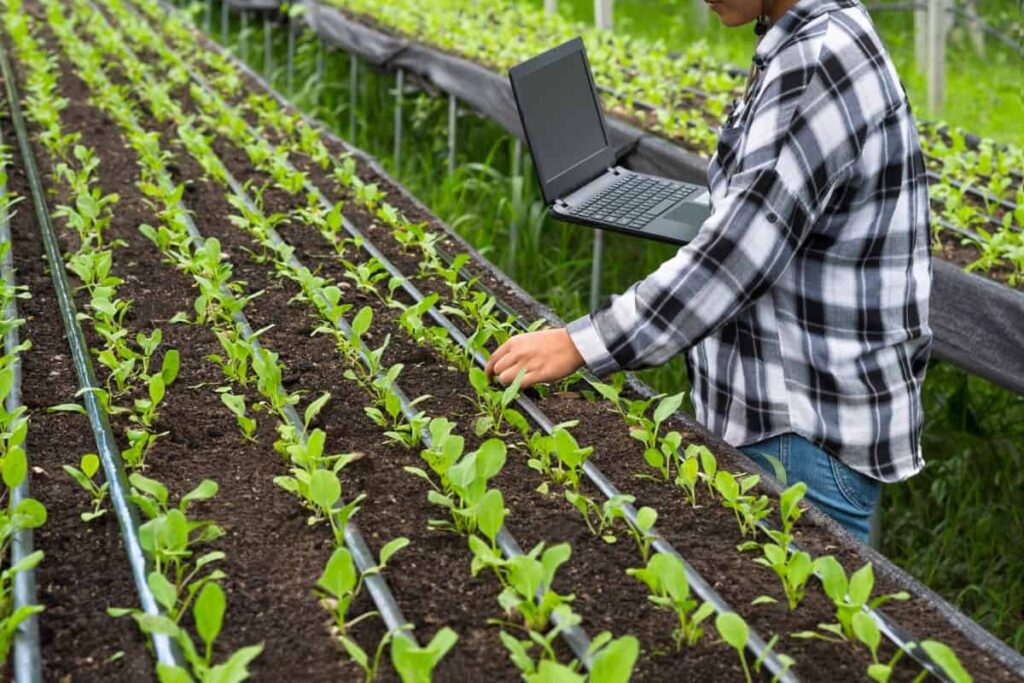
Planting Cover Crops and Perennials
By sowing cover crops off-season, farmers prevent soil erosion. As a result of using cover crops for green manure, organic matter is built up, which reduces fertilizer expenses. Besides combating weeds and retaining soil moisture, cover cropping also prevents the spread of invasive species. Pollinators such as bees and other insects benefit naturally from flowering cover crops.
Cover crops such as clover, rye, and hairy vetch are planted in off-season periods when soils would otherwise be bare, while perennial crops maintain living roots year-round. As a result of these crops, soil health is protected and improved, reducing the need for fertilizers and herbicides by preventing erosion, replenishing soil nutrients, and keeping weeds in check.
Reducing or Eliminating Tillage
In addition to preparing fields for planting and preventing weed problems, traditional plowing (tillage) can damage the soil. Through no-till or reduced-till methods, seeds can be directly inserted into undisturbed soil to reduce erosion.
Instead of regularly plowing like conventional farming, reduced or no-till practices prevent soil erosion due to wind and water. In the no-tilling approach, seeds are sown right into the crop residue to minimize soil and biota disturbances. Because no-till planters or drillers incorporate seeds immediately after digging, it reduces soil compaction, minimizes operation time, and minimizes fossil emissions, contributing to economic and ecological stability.
Applying Integrated Pest Management (IPM)
Various methods, including mechanical and biological controls, can be used systematically to control pest populations while minimizing the use of chemical pesticides. Chemical pest control is not the only integrated pest management method (IPM). It employs other methods that are more efficient when used together.
As part of sustainable agriculture, IPM aims to minimize harm to humans, non-target species, and nature. In sustainable agriculture, biological and cultural control are primarily used for integrated pest management. Biological measures include using predators like ladybugs to control aphids or poultry to eat up pest eggs and larvae (e.g., ants, bugs, flies).
Integrating livestock with crops
Industrial agriculture tends to separate plant and animal production, with animals living far from feed production areas and crops growing far from manure fertilizer sources. A growing body of evidence shows that Crop smart integration and animal production can improve farms’ efficiency and profitability.
Adopting Agroforestry Practices
Farmers can provide shade and shelter for plants, animals, and water resources while earning income from fruit and nut crops by planting trees or shrubs.
Managing Whole Systems and Landscapes
A sustainable farm treats areas not cultivated or less intensively cultivated as integral parts of its operations. Natural vegetation alongside streams or prairie strips around or within crop fields can help control erosion, reduce runoff of nutrients, and support bees and other pollinators and biodiversity.
In case you missed it: How to Start Sustainable Dairy Farming: Benefits and How to Reduce Your Carbon Footprint With Dairy Cattle
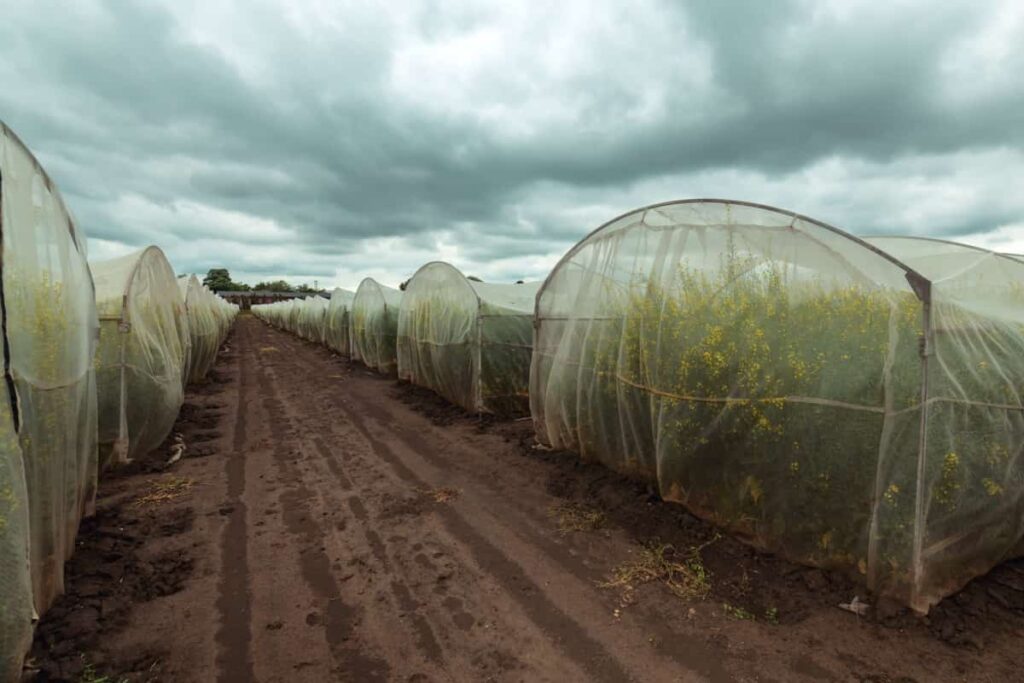
Integrated Weed Management and Sustainable Agriculture
The goal of sustainable weed control is to conserve natural resources by avoiding chemicals and introducing environmentally friendly practices. Crop rotation, manual and mechanical weeding, allopathic plants, cover crops, insects, and birds are some organic farming measures that help control weeds.
Permaculture as a Sustainable Agriculture Technique
Permaculture is an agricultural and cultural system that is permanent. With its diversity, stability, and harmony, permaculture mimics naturally established ecosystems. As a result of this technique, waste is reduced, replenishable sources are used, pollution is reduced, and soil fertility is improved in an environmentally friendly manner. There is one thing that many of these practices have in common: they focus on soil.
It is possible to solve many problems associated with industrial agriculture by keeping farm soils healthy and teeming with living organisms. It holds water like a sponge, prevents pollution, and helps farmers and their communities thrive when the soil is healthy and alive. Several of these practices are also characterized by diversification. A more diverse and complex agricultural system is more sustainable and productive-just like nature.
Other Sustainable Agriculture Methods
- Polyculture,
- Biodynamic and organic farming,
- Sustainable agriculture intercropping,
- Mulching,
- Using biofuels and zero-emissions transport,
- Urban agriculture, etc.
The choice of this sustainable agriculture activity depends on the type of crop and the characteristics of the farm. Although all elements of landscapes and systems should be valued equally, holistic management is the best approach.
Sustainable Agriculture Resources
Sustainable agriculture can contribute to food security by conserving natural resources. These resources include soil, water, energy, and air, and their availability for crop production largely depends on how they are managed today.
Soil
Sustainable Agriculture Via Soil Management
The soil is an essential part of a plant’s environment. Poor or unsuitable soil will not support adequate agricultural production, while sustainable agriculture can reduce soil erosion and restore soil fertility. Further, sustainability opposes the expansion of agricultural lands, particularly deforestation for oil palm cultivation.
How Does Sustainable Agriculture Improve Soil Fertility?
The soil fertility of a sustainable farm is assured by polyculture, crop rotation, green manures, and animal manures, among other practices. Managing soil fertility is fundamental to sustainable agriculture since fertile soils provide sufficient nutrients for crop development, making plants more vigorous and preventing diseases and pest attacks.
What Role Does Sustainable Agriculture Play in Soil Conservation?
Sustainable agriculture relies on soil conservation to support soil fertility and prevent topsoil loss by aggregating soil and preventing soil erosion. Sustainable agriculture methods that reduce soil erosion include terrace farming, cover crops, windbreak construction, and minimum tilling.
In case you missed it: Sustainable Poultry Farming: Benefits and How to Reduce Your Carbon Footprint with Chickens
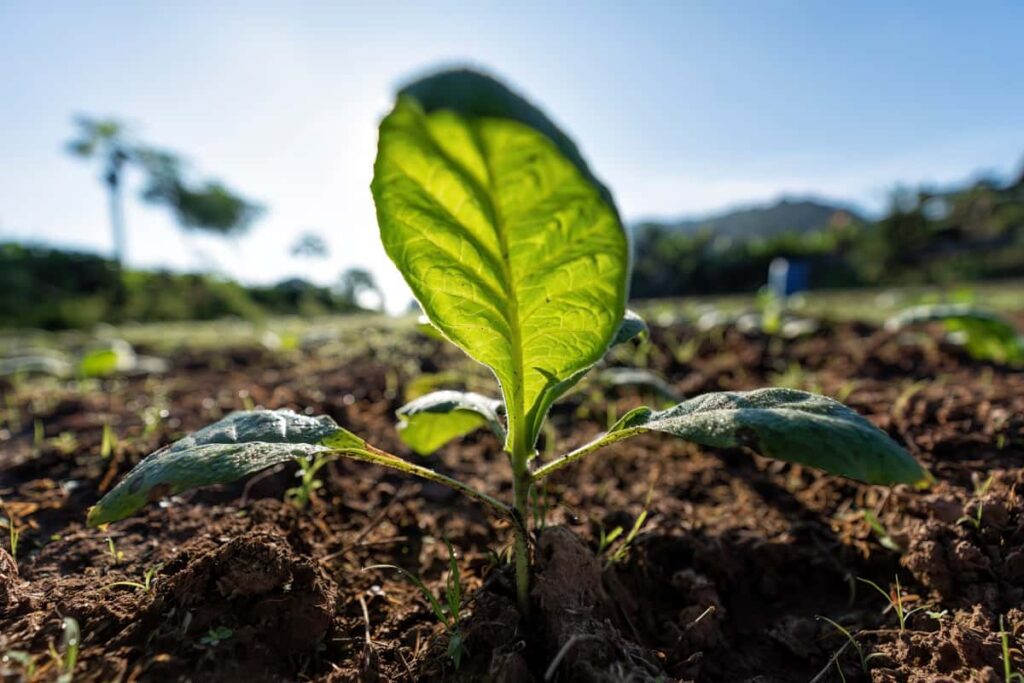
Sustainable Agriculture and Water Conservation
Artificial irrigation is the only way to carry out agricultural activities without rainfall. It is important to use water resources responsibly in the future since they will be needed for many years to come. Agriculture’s sustainable management of water resources should include the following:
- Eliminating soil salinization through desalination;
- Fertilizer leaks can contaminate soil and cause waterbed sedimentation;
- Utilizing smart irrigation, rainwater harvesting, and water recycling to maximize water use;
- Preventing the destruction of riparian habitats within watersheds;
- Choosing species that are drought-prone;
- Based on historical weather analytics to predict weather trends, it may be necessary to plant in atypically dry years.
Non-Renewable and Renewable Energy for Sustainable Agriculture
Currently, agriculture is heavily reliant on petroleum-based fuel, a non-renewable resource. Sustainable agriculture can only be achieved through energy-smart farming systems and renewable energy sources. In this field, the following concepts and initiatives are most promising:
- The installation of high-efficiency irrigation (HEI) systems powered by solar energy;
- Adopting biofuel-powered equipment;
- Producing alternative fuels from crops;
- The conversion of biomass energy (from crops and organic wastes);
- Using wind and solar energy to power farming operations.
In case you missed it: Unlocking the Potential Of Sustainable Aquaculture: How to Start and What You Need to Know
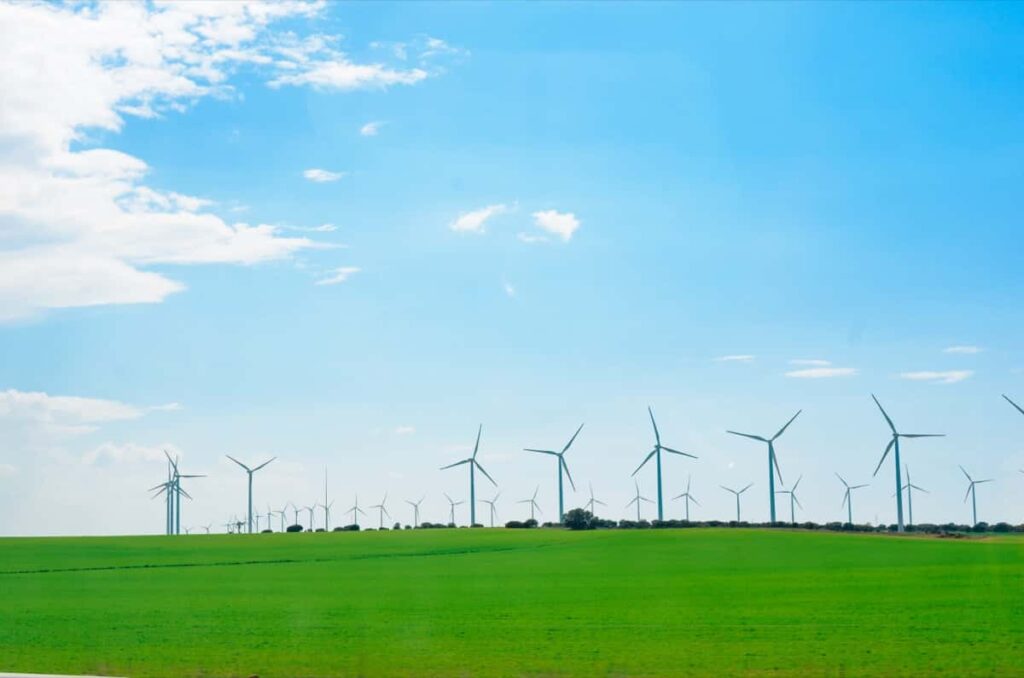
Impact of Sustainable Agriculture on the Air
Clean, fresh air is essential for breathing, while impurities can cause health problems. Yet, nearly all agricultural activities pollute the atmosphere with drifts from chemical applications, dust from field activities, and fossil-fuel emissions from agricultural equipment. There are several methods to improve air quality, including reducing tillage, planting cover crops, implementing agroforestry practices, and installing windbreaks. Reduced greenhouse gas emissions can be achieved by
- Reducing the use of fossil fuels in equipment
- Methane production due to enteric fermentation can be reduced by adjusting cattle feed;
- Controlling the decomposition of manure
Benefits of Sustainable Agriculture
Contributes to Environmental Conservation
Land and other natural resources, like water and air, are replenished through sustainable agriculture. In addition, sustainable farming practices will reduce non-renewable energy, chemical, and resource consumption. With the rising population and demand for food, these natural resources must be replenished to sustain life for future generations.
Saves Energy for Future
In modern agriculture, non-renewable energy sources, especially petroleum, are heavily used. To the extent economically feasible, sustainable agricultural systems have replaced fossil fuels or non-renewable energy sources with renewable sources or labor.
In case you missed it: Sustainable Goat Farming: Business Plan, Benefits, and Requirements

Public Health Safety
Sustainable agriculture avoids the use of hazardous pesticides and fertilizers. As a result, consumers, workers, and communities can be safer when it comes to eating vegetables, fruits, and other crops grown by farmers. By properly managing livestock waste, sustainable farmers can prevent pathogens, toxins, and other hazardous pollutants from entering the environment.
Prevents Pollution
In sustainable agriculture, any waste produced by a farm remains inside the farm’s ecosystem. This prevents pollution from the waste.
Prevents Air Pollution
By burning crops, tillage, traffic, harvesting, spreading pesticides, and applying nitrogen fertilizer, agricultural activities affect air quality in several ways.
Prevents Soil Erosion
Soil erosion poses a serious threat to our ability to produce adequate food. As a result, many practices have been developed to prevent soil erosion, including reducing or eliminating tillage, managing irrigation, and mulching the soil.
In case you missed it: A Guide to Sustainable Cover Crops: Examples, Types, Benefits, and Disadvantages
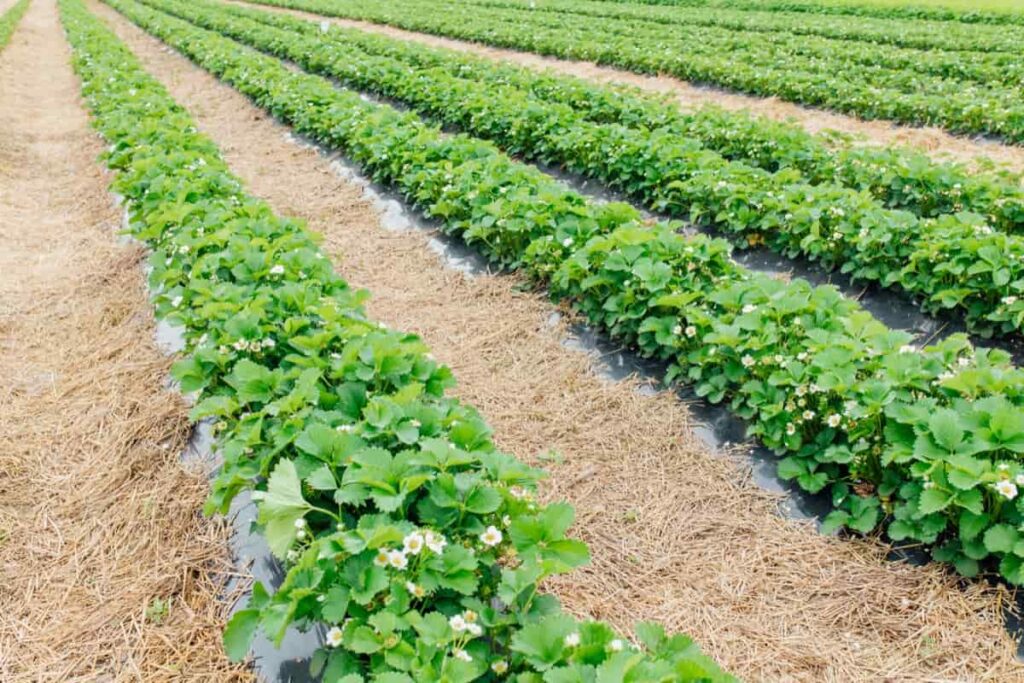
Reduction in Cost
Sustainable agriculture reduces farming’s overall costs. Agriculture has benefited from smarter farming and more efficient food distribution from farm to fork. The Internet of Things data collected from sensors installed in seed drills, sprayers, spreaders, drones, satellite imagery, and soil eliminates surprises.
Biodiversity
A sustainable farm produces a variety of plants and animals, resulting in biodiversity. During crop rotation, plants are rotated seasonally, enriching the soil, preventing disease outbreaks, and preventing pest infestations.
Sustainable Livestock Management
Sustainable agriculture contributes to long-term livestock development by selecting appropriate animal species, animal nutrition, reproduction, herd health, and grazing management.
Economically Beneficial for Farmers
Farmers receive a fair wage for their produce when they engage in sustainable farming methods. Doing so can reduce their reliance on government subsidies and strengthen rural communities. A typical organic farm requires 2 1/2 times less labor than a factory farm but yields ten times as much profit.
Social Equality
Practicing sustainable agriculture techniques also benefits workers by offering a more competitive salary and benefits. They also work in humane and fair working conditions, which include a safe work environment, food, and adequate living conditions.
Beneficial for the Environment
Sustainable agriculture reduces the need for non-renewable energy resources and, as a result, benefits the environment. Despite the significant benefits of sustainable agriculture, farmers face certain challenges. Challenges may arise due to a lack of governmental initiatives, research, and material bases for site-specific applications.
Sustainability agriculture nowadays is characterized by a sparing attitude, which has advantages and disadvantages. These include increased labor inputs due to minimal fueled equipment use or shorter shelf lives due to eliminating chemical applications. Furthermore, land protection limitations generally reduce crop production.
Conclusion
Agriculture continues to be the biggest employer in the world, with 40% of the world’s population working in it. In the past decade, most of the food we eat has been grown in this manner. Sustainable agriculture is the solution to eliminating this and its negative effect on the environment.
- Aquaponic Farming at Home: A Step-By-Step Guide
- Profitable Village Farming Business Ideas in 2024
- High-Yield Aquaculture: Fast-Growing Fish for Farming
- Effective Fish Pond Construction Techniques for Beginners
- Irrigation and Water Management in Pineapple Farming
- Blossom to Harvest: Mastering Flowering and Pollination in Papaya Farming
- Pig Fattening Essentials: From Selection to Sale for Beginners
- Raising Wagyu Cattle: A Complete Guide for Premium Beef Production
- Soil Types and Their Water Holding Capacity
- Optimizing Irrigation Schedules for Coconut Groves for Enhanced Yield
- Espresso Your Garden: Coffee Grounds for Healthier Acid-Loving Plants
- The Best Soil Mix for Snake Plants: How to Mix Your Own Snake Plant Soil
- Green Thumb Success: Expert Tips for Cultivating Greenhouse Beans All Year Round
- Bloom All Year Round: The Ultimate Guide to Indoor Hyacinth Care
- Eco-Friendly Gardening: How to Make Liquid Fertilizer from Kitchen Waste
- Ultimate Guide to Grow Anise in Pots: Explore Seed Propagation to Harvesting
- Guide to Raising Chester White Pigs: Discover Breed Facts to Growth Management
- Mastering the Elegance: The Ultimate Guide to Weeping Cherry Tree Care, Planting, and Maintenance
- Ultimate Guide to Planting Garlic in Grow Bags: Growing Strategies for Beginners
- How to Fix Spider Plant Leaf-Related Problems: Natural and Organic Remedies
- 10 Reasons Why Your Tulsi Plant is Shedding Leaves: Home Remedies and Solutions
- Optimizing Growth and Yield: The Advantages of Palm Bunch Ash Fertilizer
- Utilizing Neem Oil Extract as a Natural Pesticide for Hydrangea
- From Soil to Harvest: Various Ways in Which Farmers Can Use AI Tools
- Steps to Encourage and Induce Citrus Flowers: A Comprehensive Guide
- How to Fix Snake Plant Leaf-Related Issues: Natural and Organic Remedies
- Transform Your Garden into a Fragrant Oasis with Raat Ki Rani (Night Blooming Jasmine)
- Discover the Ideal Chicken Breeds for Philippine Farms
- How to Create a Poultry Egg Farm Business Plan for Profits
- Grow Lemon Cucumbers Like a Pro: Insider Techniques for Bountiful Yields
- Ultimate Guide to Caring for Your Pink Princess Philodendron: Tips for Thriving Variegation
- Areca Nut Profit Per Acre: Calculating Yield and Cost of Cultivation
- How Kaveri Chicken is Becoming a More Profitable Breed in Indian Backyards
- Transform Your Barn: 9 Steps to Convert a Horse Stall into a Chicken Coop
- Exploring Suffolk Sheep Disadvantages with Limitations and Challenges
- Guide to Solving Potted Lemon Tree Problems: How to Revive Lemon Tree in Containers
